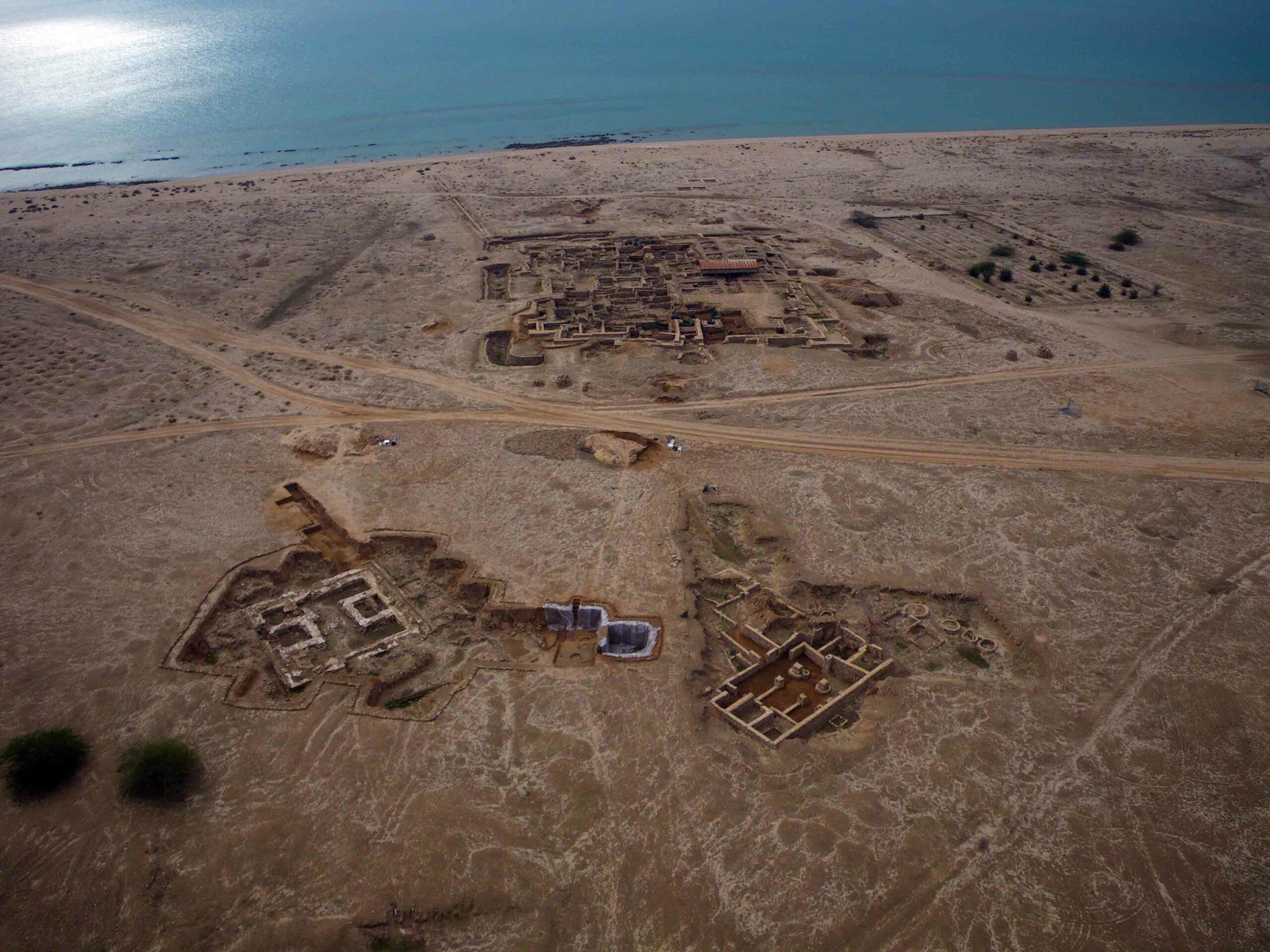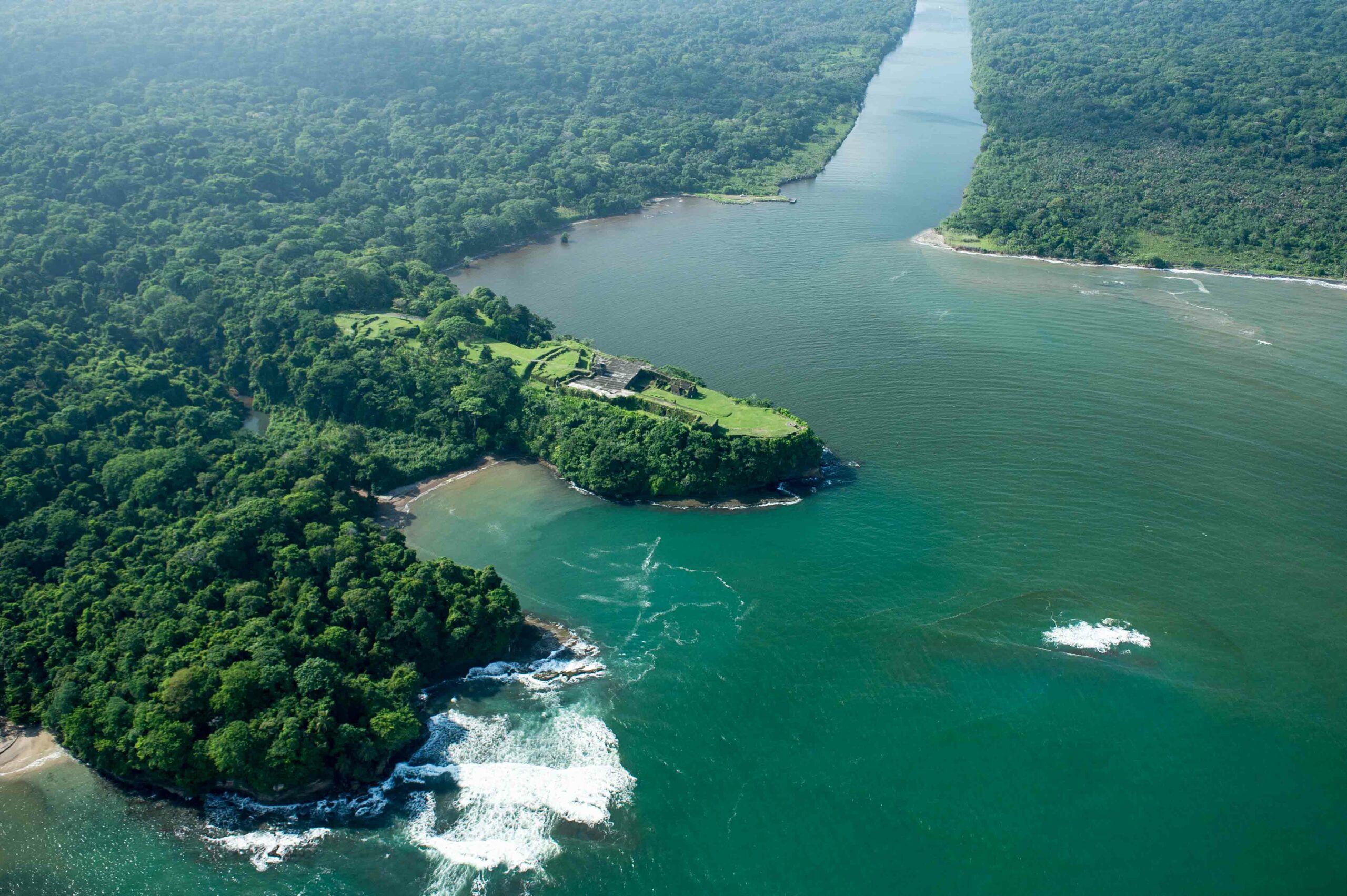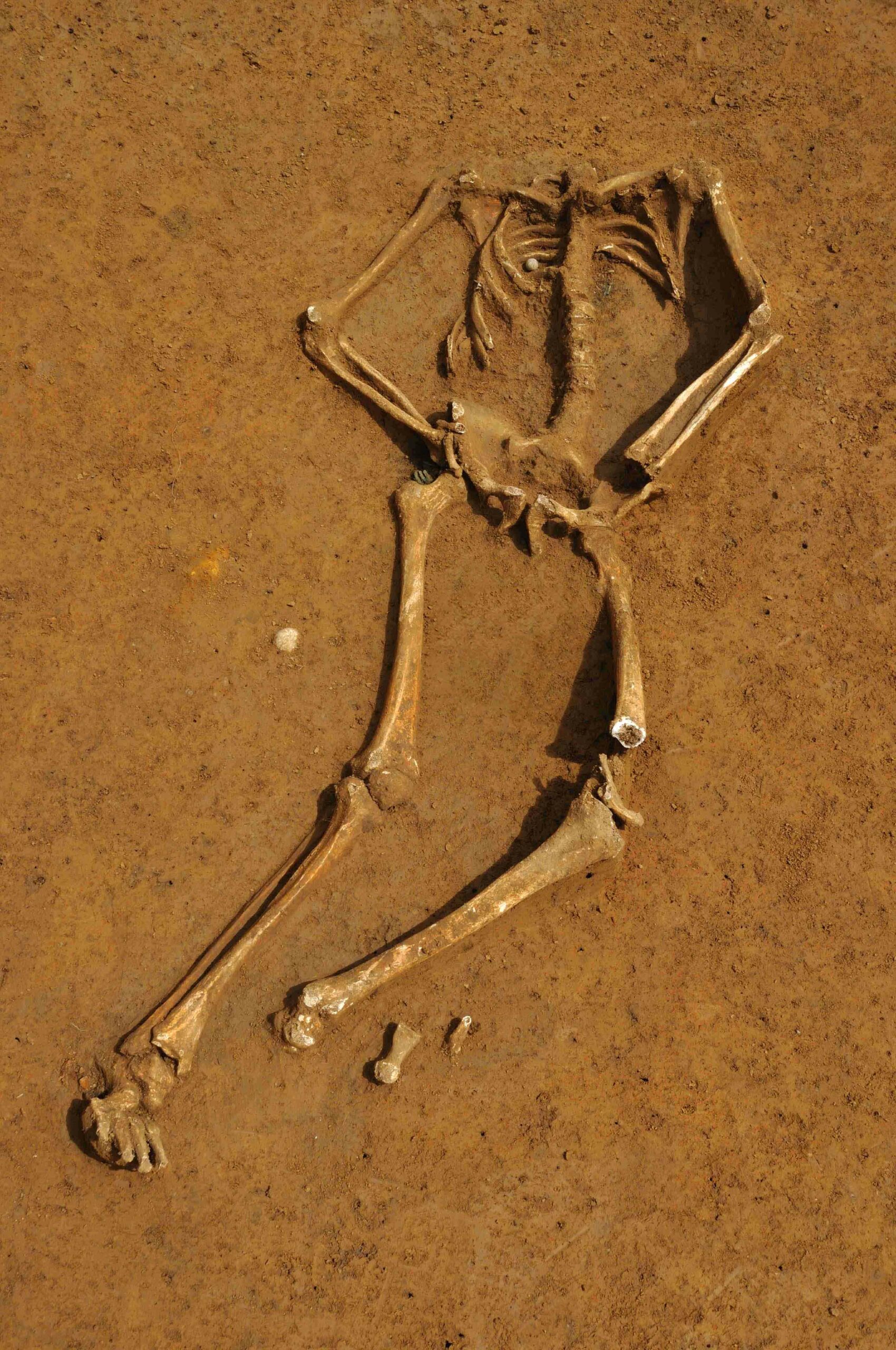
BELO HORIZONTE, BRAZIL—A possible genetic link has been found between the late nineteenth-century Botocudo people of inland, southeastern Brazil and Polynesians, supporting the unlikely suggestion that Pacific Islanders traded with the peoples living on the west coast of South America thousands of years ago. Of the bone samples that were analyzed from 14 Botocudo skulls, mitochondrial DNA from 12 of them matched a Palaeoamerican haplogroup. Mitochondrial DNA from two of the skulls, however, is found in a haplogroup common in Polynesia, Easter Island, and other Pacific Islands. That haplogroup is also found in Madagascar, so it may have come to the Botocudo through the nineteenth-century slave trade. “We currently don’t have enough evidence to definitively reject any of these scenarios,” said molecular geneticist Sérgio Pena of the Federal University of Minas Gerais.










